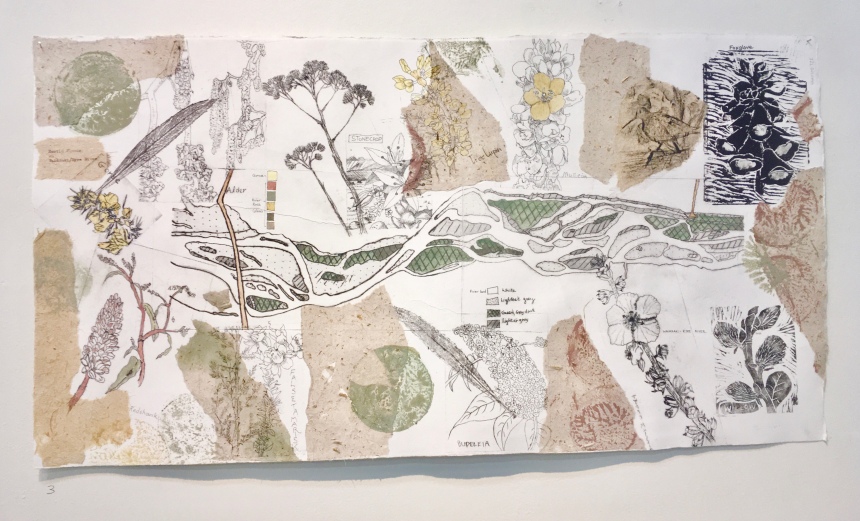
I tried to replace this image on the homepage, but was unable to….!!! Much too complicated for me. However, surprise, surprise, when I opened my site it had worked anyway. Ah, the wonders of the internet…
Earth pigments, paint, painting, printmaking, eco colour and visual arts; Canterbury, South Island, New Zealand


I tried to replace this image on the homepage, but was unable to….!!! Much too complicated for me. However, surprise, surprise, when I opened my site it had worked anyway. Ah, the wonders of the internet…
Mixed media experiments
Using different colour palettes with various media.
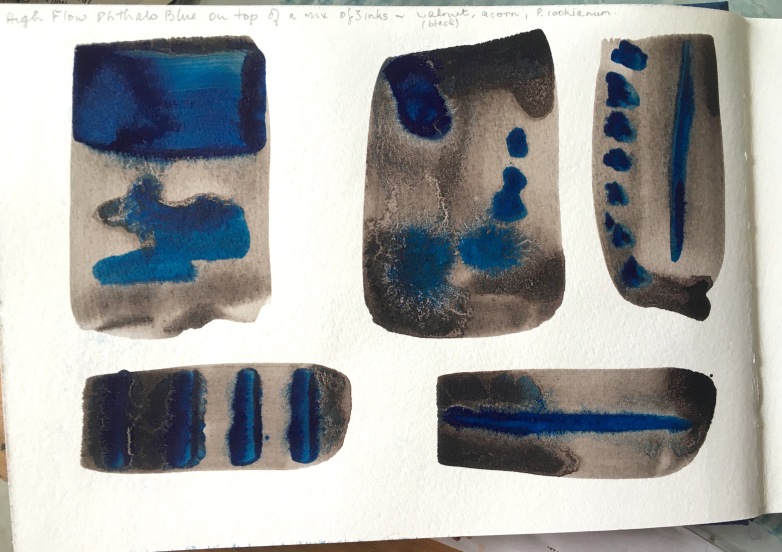
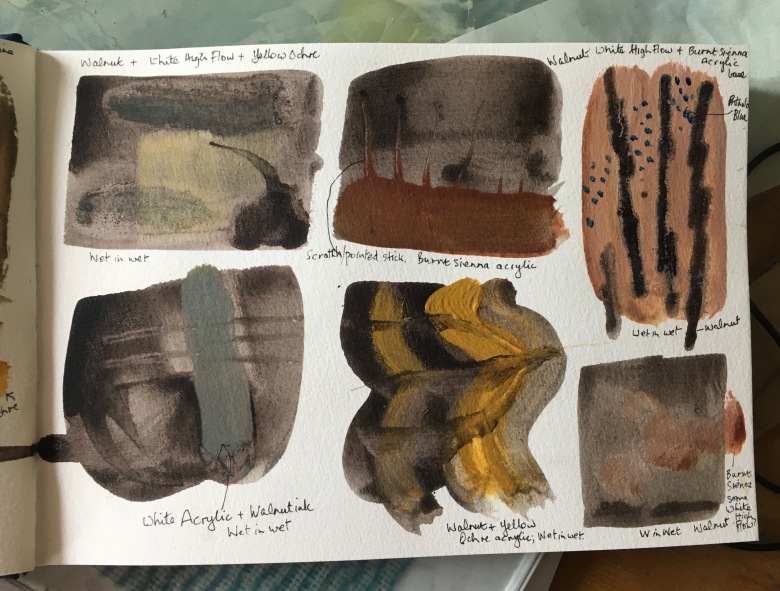
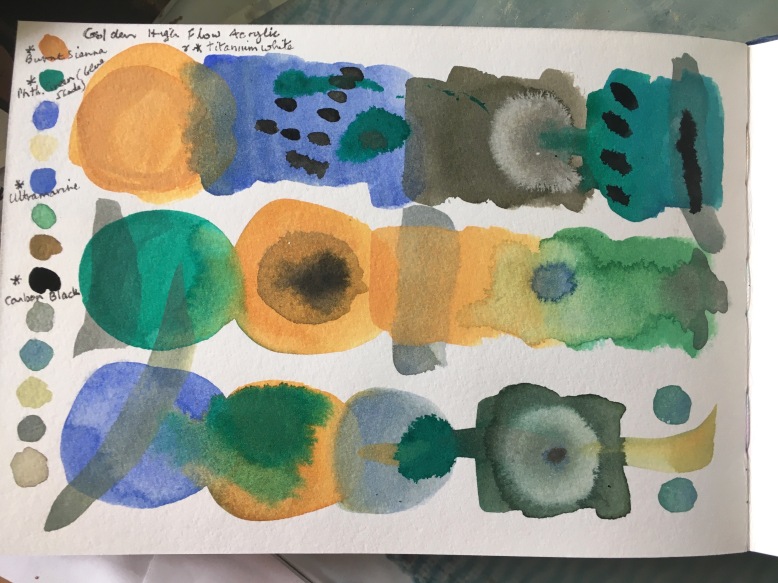

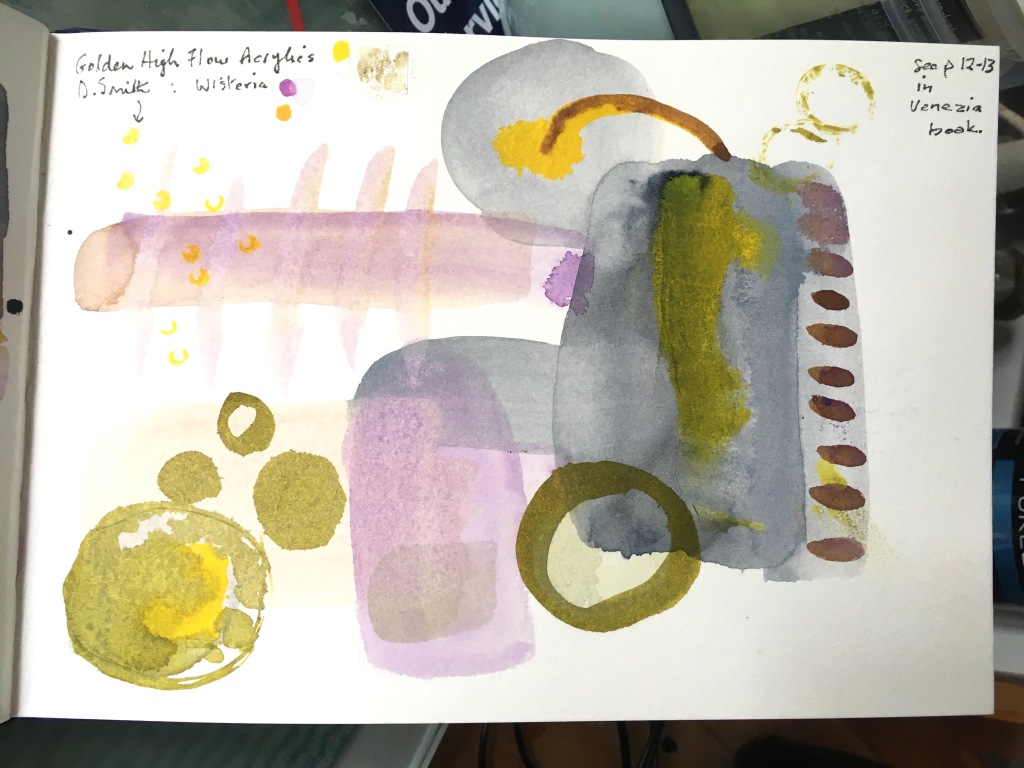
Watercolour and acrylics.
Could go on experimenting for most of the time! It’s the process, not the result that’s the thing.
While not much appearing on this blog for a while, I have none the less been very busy. It’s either Housework and no art, or Art and no housework! I have had a few surges of paint making, and been learning about gouache paint, done some eco prints on paper with autumn leaves etc, made quite a few books.
As a member of the paper making group at the local art gallery, we have been busy making paper with vegetation from the local braided river, Waiaraki/Eyre. Every month we make pulp and paper from a different invasive weed – fennel, spurrey, viper’s bugloss, evening primrose, mullein and yarrow. As the seasons unfold we manage to get quite a collection of different colours and weights of paper.
I just love walking the rivers, but it’s a great pity that the wild life, especially the birds, are under great pressure from the thoughtless and dangerous incursions of some people, on foot with dogs, or in vehicles. The rivers are used as rubbish and garden waste dumping grounds.
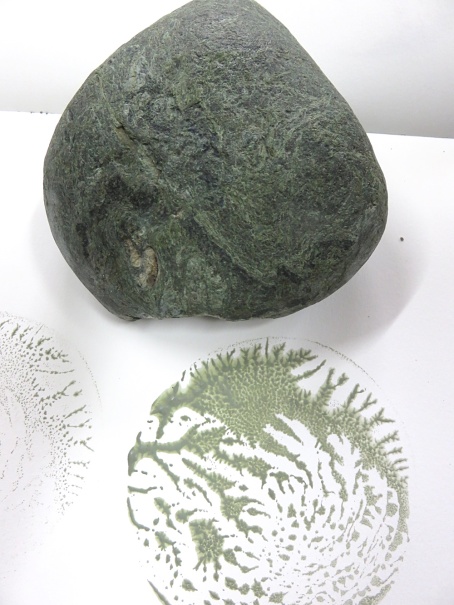
This rock will be going back to the river… Many thanks to my friend June who gave it to me.
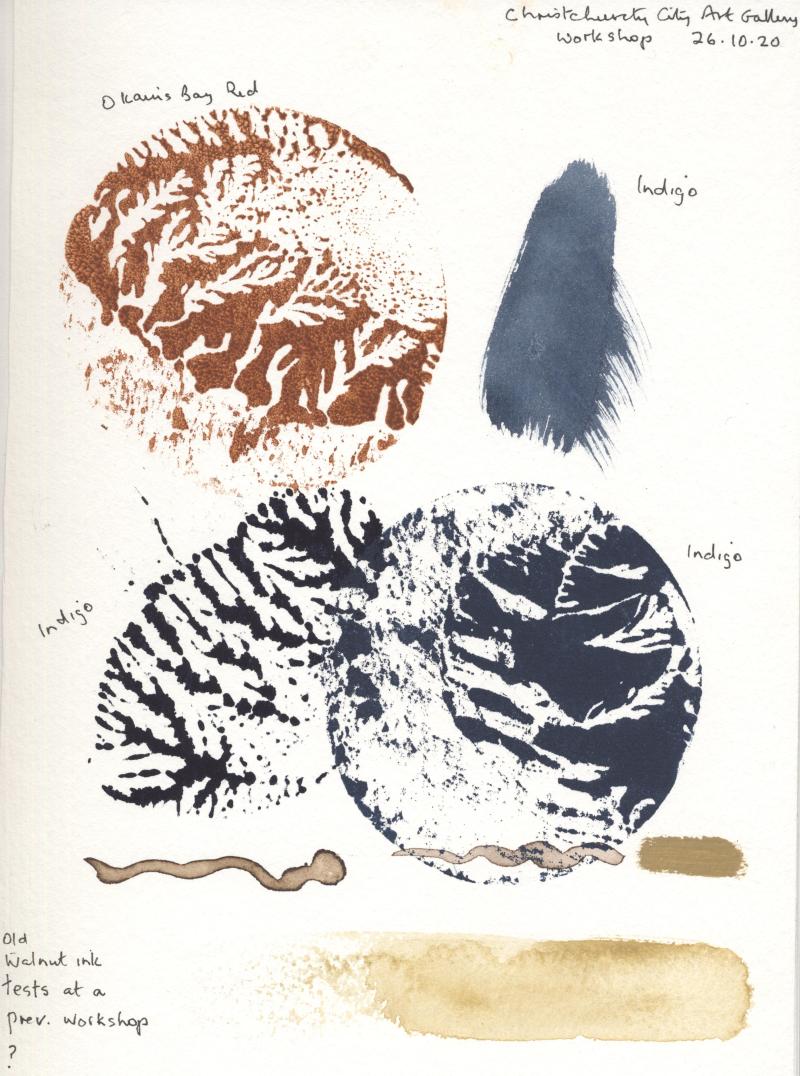
Catching up a little, I seem to have neglected my website…
I was very pleased to be able to hold a paint making workshop at Christchurch’s art gallery on 26 October 2020. It was very enjoyable and the eighteen attendees made lots of paint to take home. Unfortunately I took no photos of this workshop (too busy to remember!) but, for the record, here is the announcement by the Christchurch Art Gallery from their website. However, below is one of the test sheets of paint that I made during the workshop.
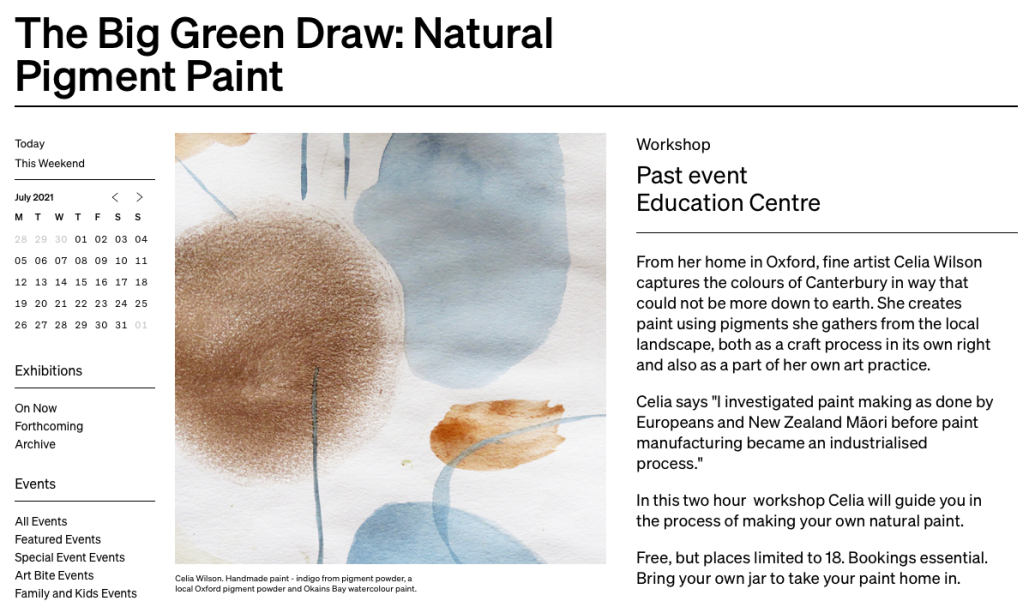
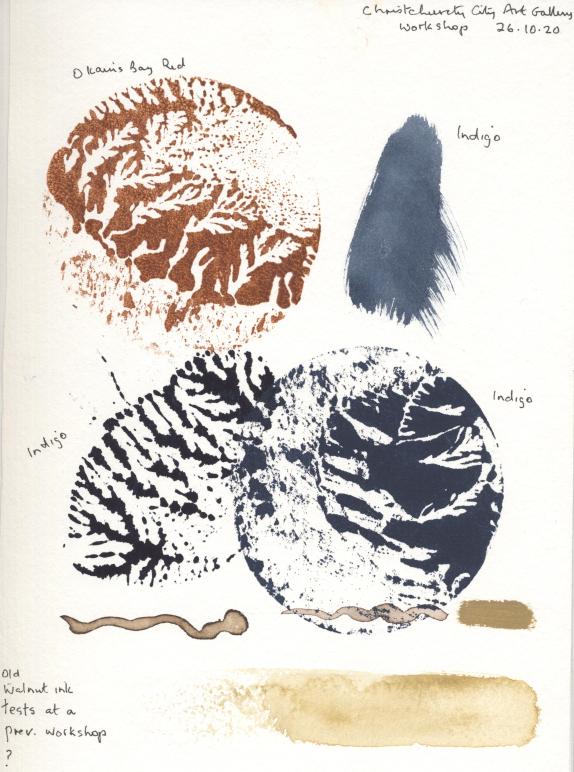
Makers’ Day at Arts in Oxford Gallery
After “Open House”, at Arts in Oxford Gallery, we had a Makers’ Day on Sunday 27 September, 2020. There was a wide choice: Areta – Stone Tools; Jo – Printmaking; Celia – Pigment paint; Charlotte – Painting; Bret – Spatial Design; Young-Oak and Team – Spinners and Weavers; Katie – Collage; Casey, June, Alison, Tessa – Papermaking; Lynley – Stained Glass.
As you can see from the photo, Philip Trusttum’s exhibition “What have we got here?” was current at the time, and he was at the gallery that day. Here, at the start of Makers’ Day, he is in conversation with me about the muller paint prints in one of my record books.
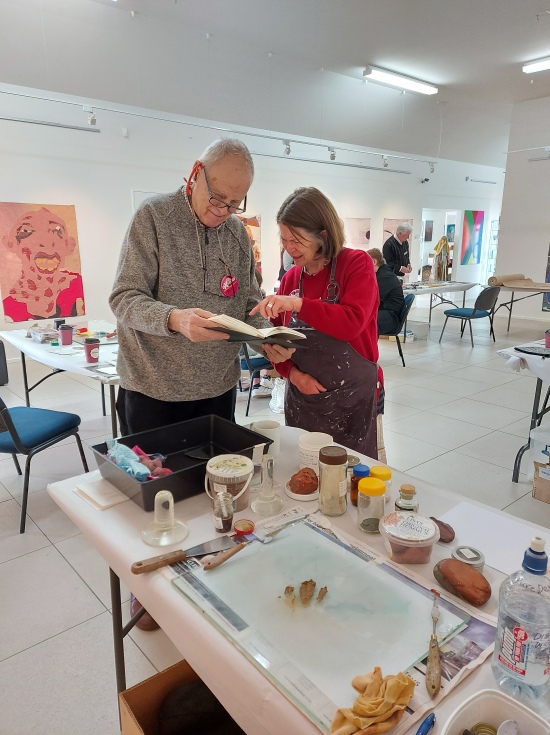
Photo credit: Arts in Oxford Gallery
I have been making books, prints and other things…
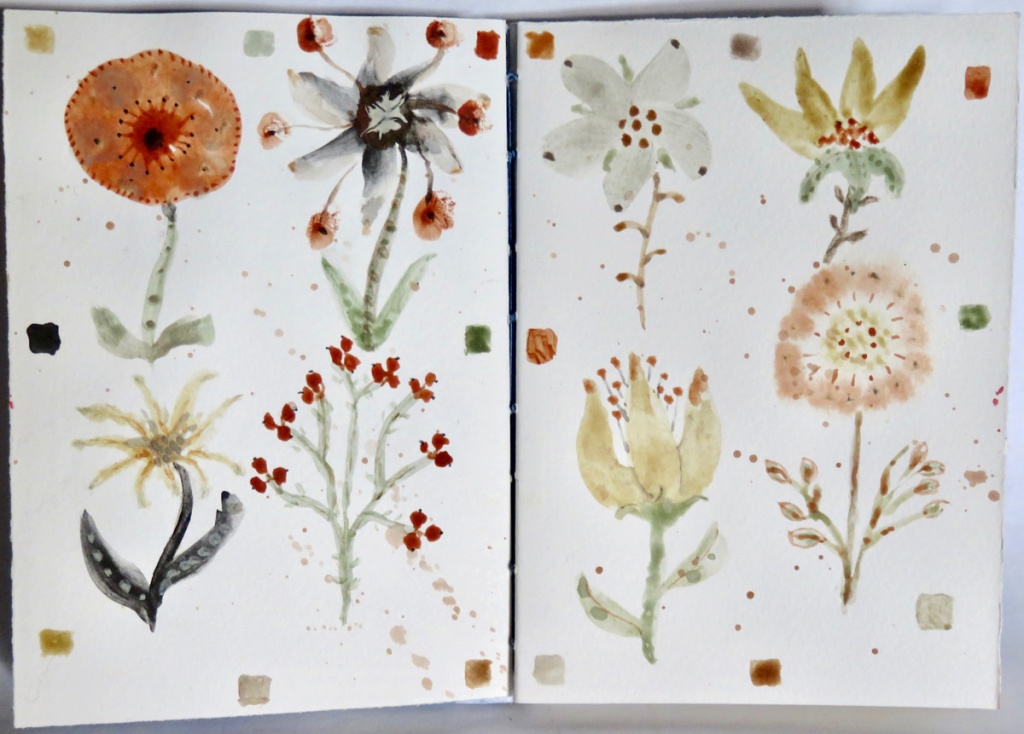
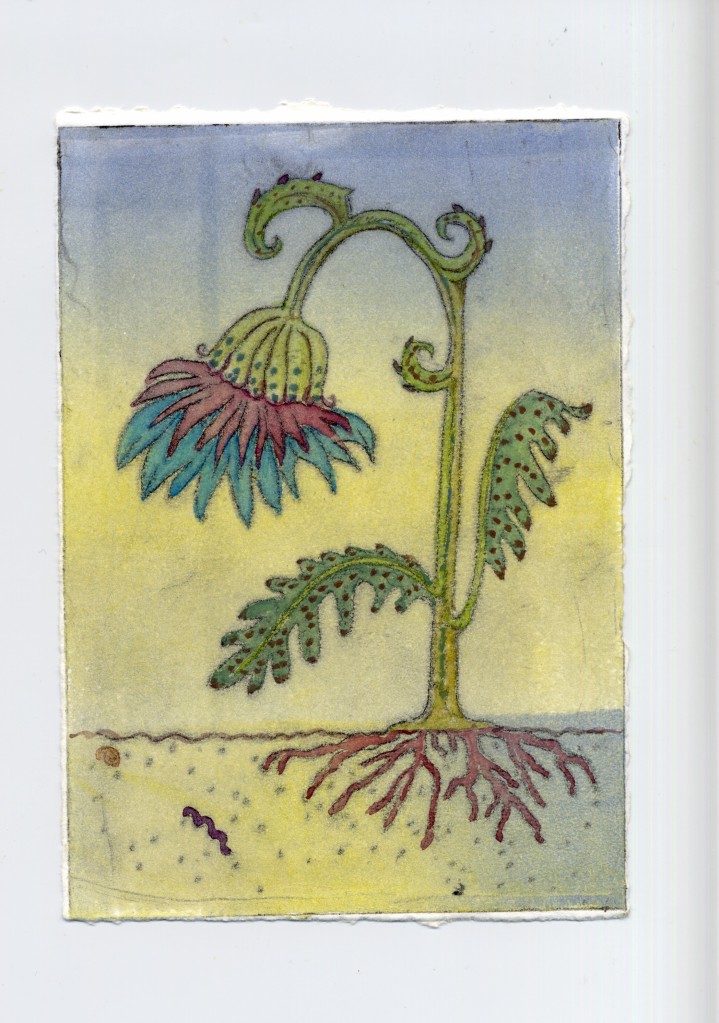
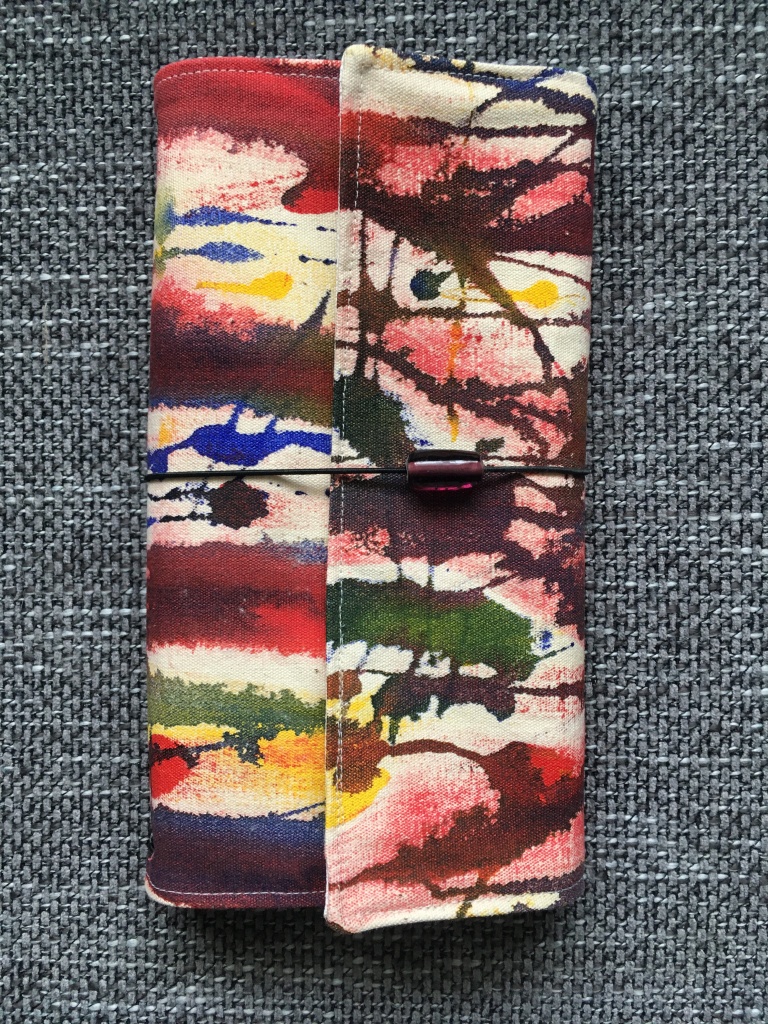
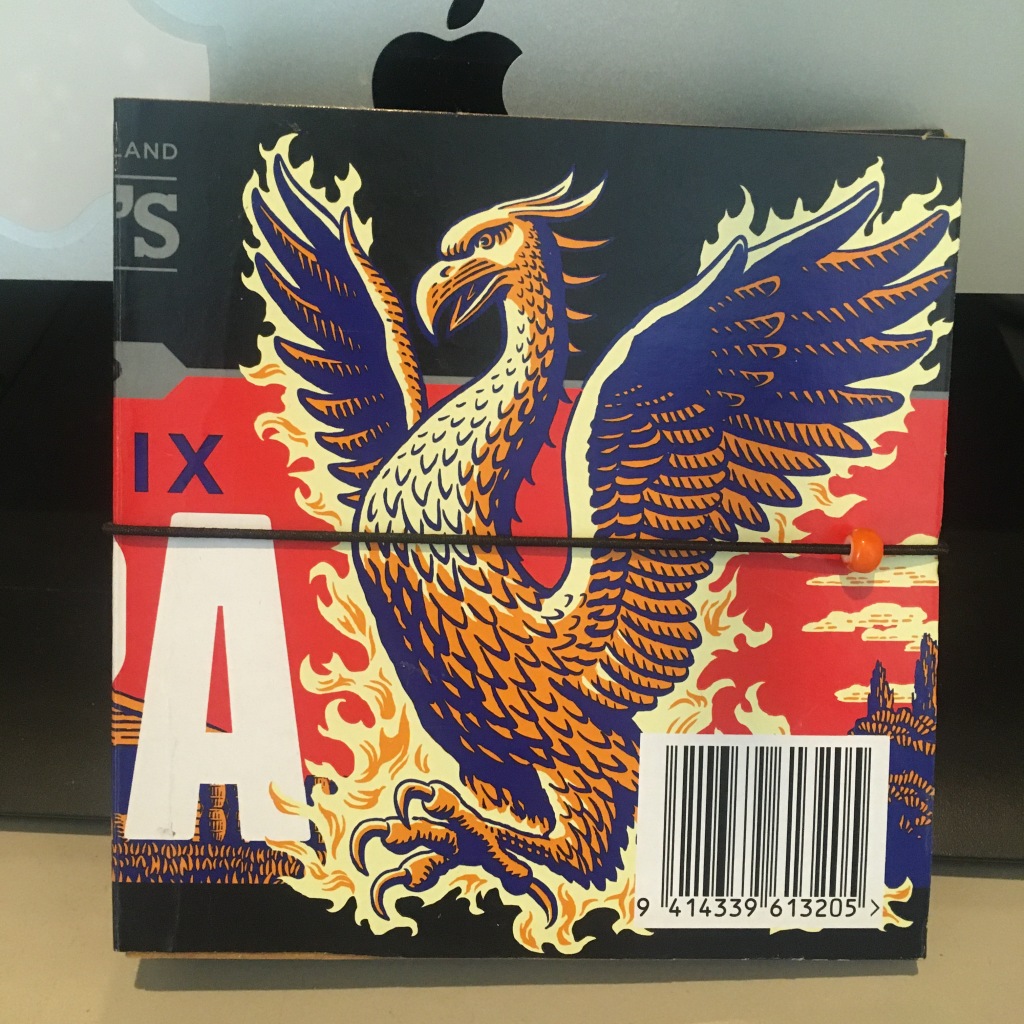
I took part in the show – Oxford Papermakers: Waiaraki Eyre River Project 4 – 28 November 2021
Alison Fleetwood, Katie Hallam, June Inch, Casey Macaulay, Elaine Steenhart, Tessa Warburton and Celia Wilson

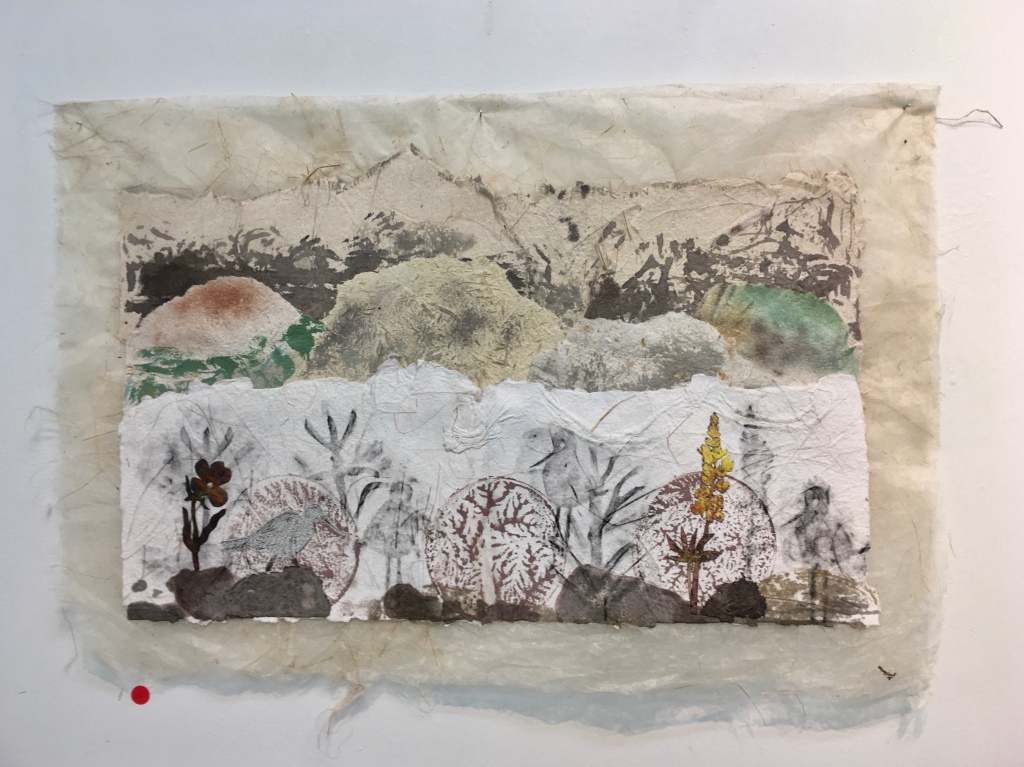
More about this show can be found at the gallery website under ‘Exhibitions’:- https://oxfordgallery.org.nz/

Waikawa Bay is near Waitohi/Picton on Queen Charlotte Sound, and they are connected by a track through the Victoria Domain Park. There are other tracks in the Domain and you can walk to end of the peninsula; The Snout. We tried most of these three tracks and here are a couple of photos:
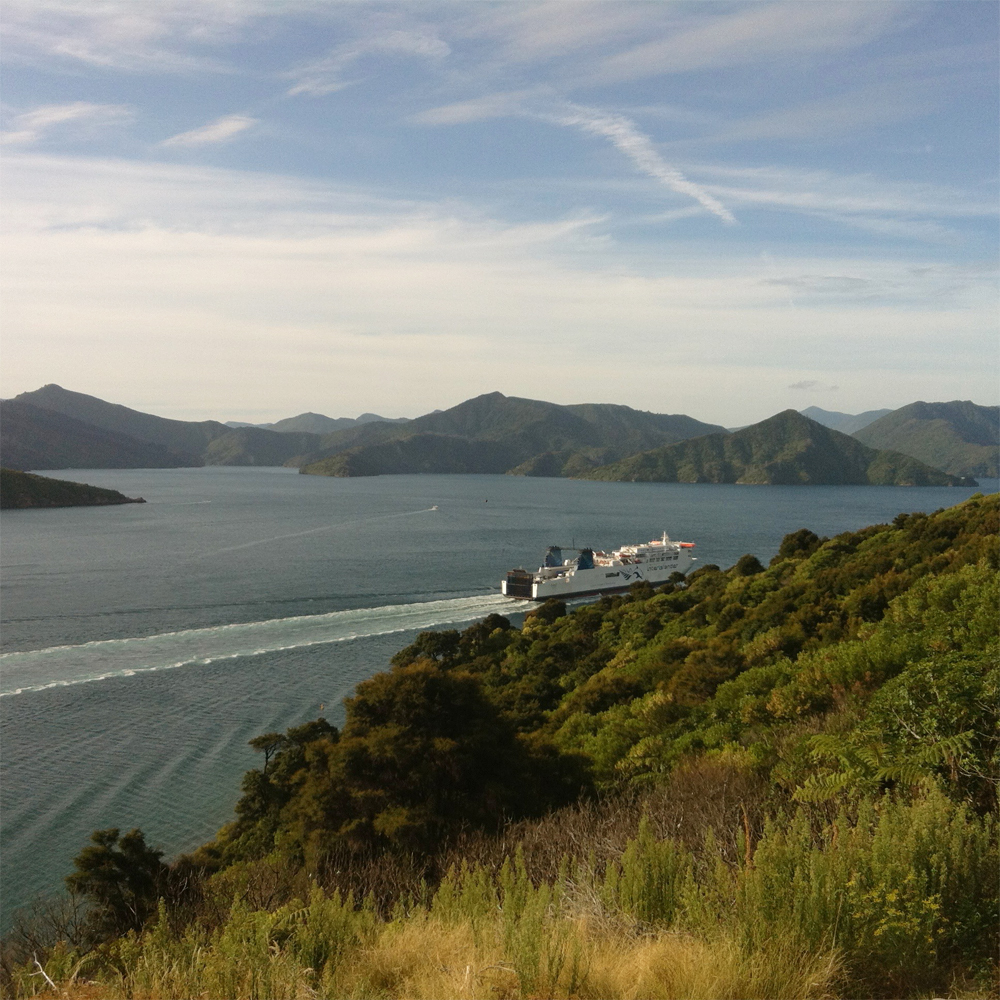
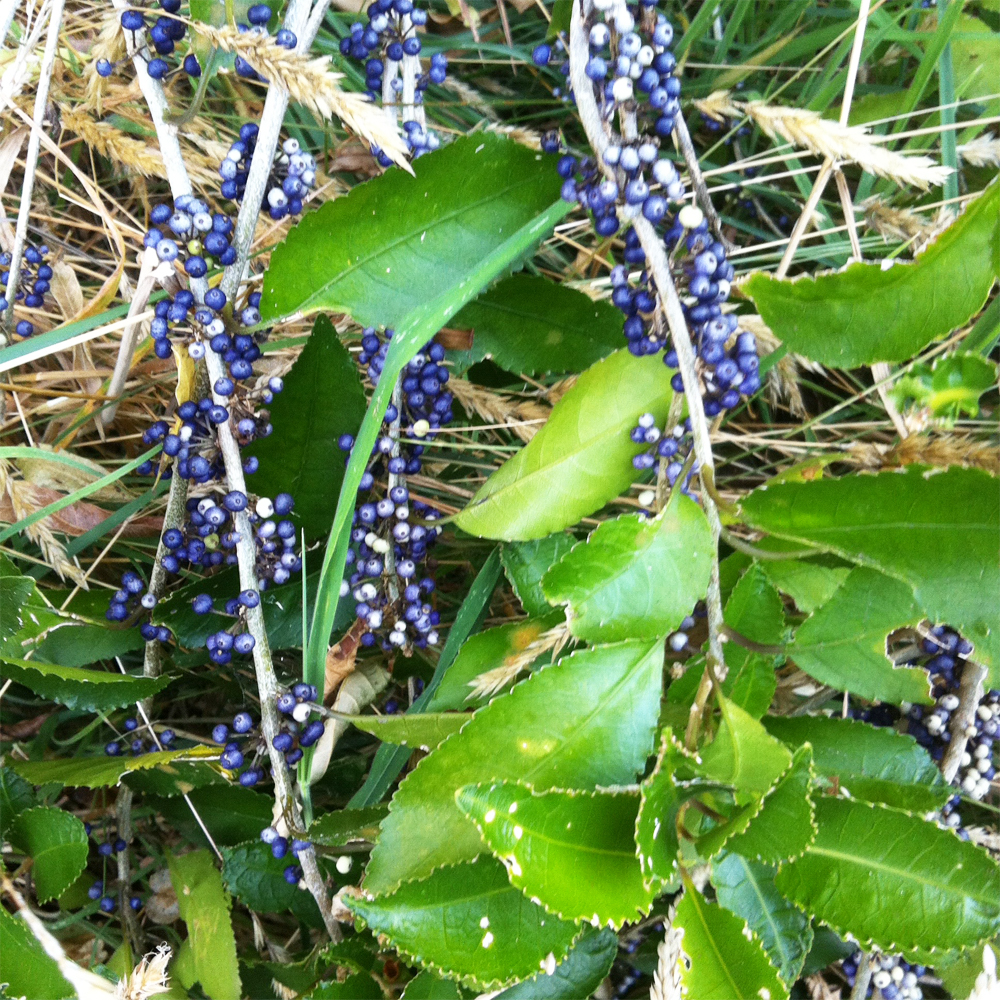
We were staying in Waikawa in February 2020, and these pigments I collected during the walks. These were three different clays and one harder rock (the red pigment). I am trying to catch up with testing these pigments. It made a relaxing task compared to working towards exhibitions!
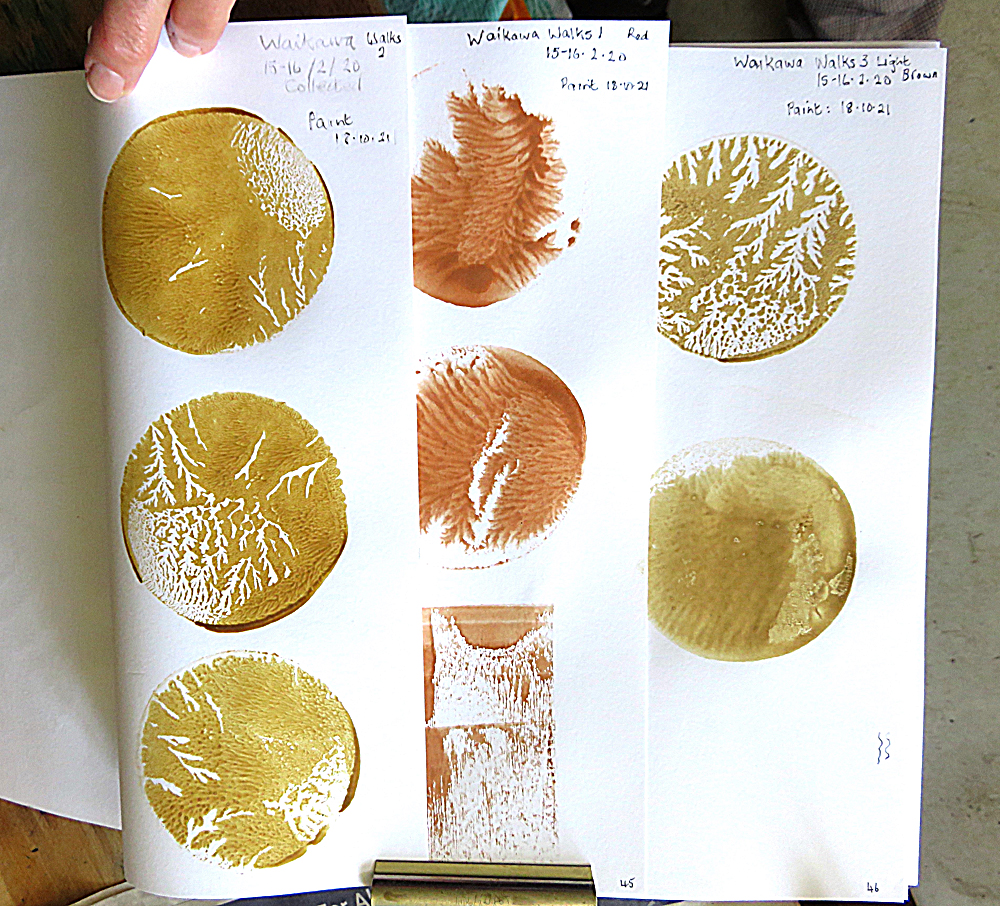
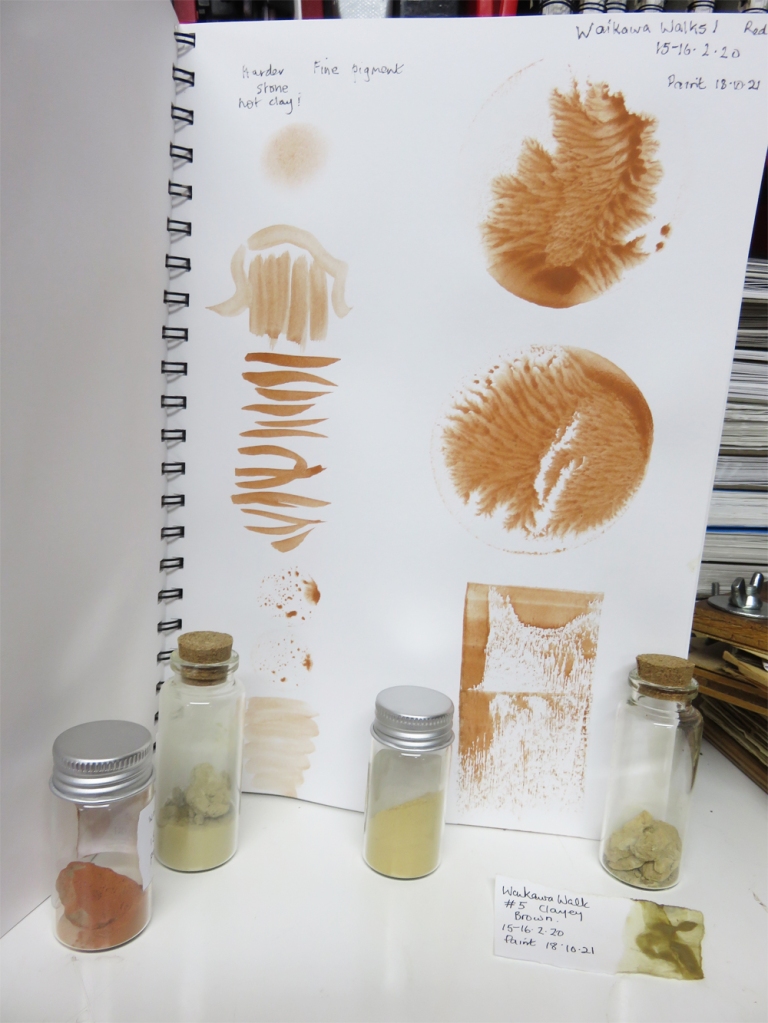
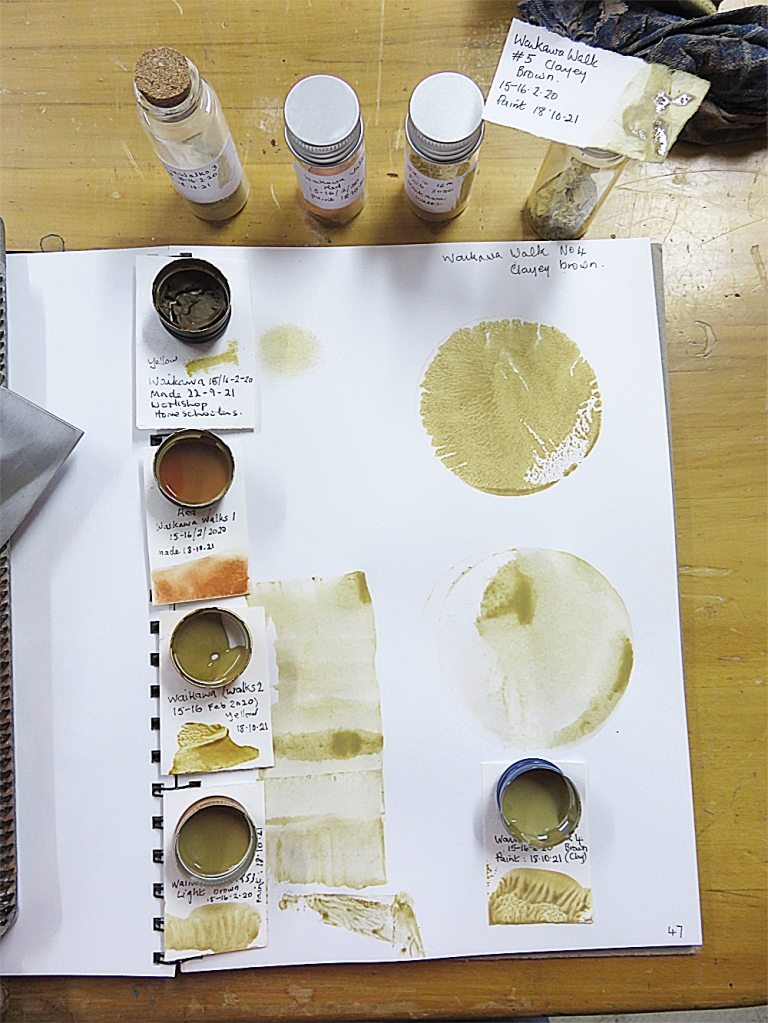
I rather like the #4 pigment, has an slight green colour to the brown. The sample “#5” in the photos above is the first paint I made at the workshop in September and is #4. Just to confuse us all. It is interesting how yellow pigments can give a variety of darker colours. After the last Workshop in September I posted images of some of the paints made. These paint tests are made with the full strength paint, so the colours are quite dark. I have watered down the red paint, and I also rub some of the pigment powder on to the test page, for the record.

We set up our new exhibition at the Oxford Gallery, on the 6th October. As you can see we have very different approaches to printmaking.
Kathy Anderson, Jo Ernsten, Casey Macaulay, Ruth Stanton-Mcleod, Kris Waldin, Tessa Warburton & Celia Wilson
7-24 October 2021






Here is my submission.
For this set of hand coloured prints I concentrated on the flora and fauna of the River Eyre/Waiaraki to show the displacement of bird life by introduced by exotic plant life. The plants take on an imaginary shape, though based on actual plants. These prints were influenced by medieval illustrations; I felt our present day understanding of nature is in some respect no different to their ideas of what exotic animals might look like. My work always comes out ‘pretty’ no matter how hard I try to make it the opposite! I really enjoyed painting these prints.

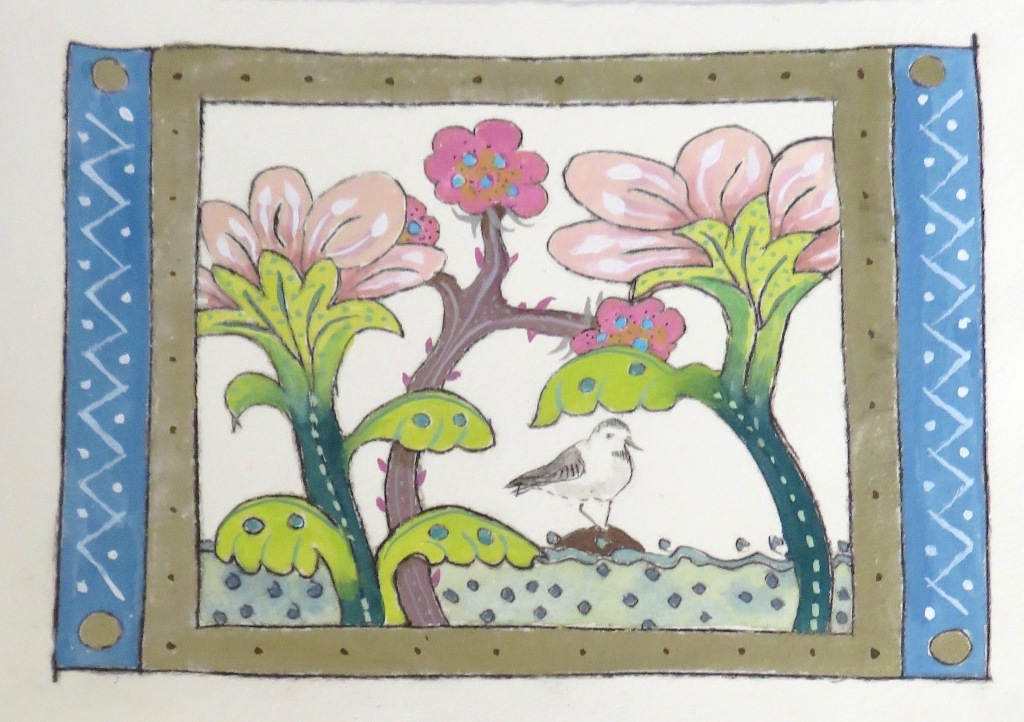
Ed 2/5 EV “Herbarium Exotica V” Celia Wilson
A Wrybill is the bird shown in this print.

My most recent workshop was held for a group of local school children.
They were very quick to understand the paint making process, and made lots of bottle tops of paint – on average four each.
I had not tested the Waikawa ochre pigment before, so I chose it for the paint making demonstration. I used watercolour medium of course, as that is my favourite binder. Another muller print to add to my collection.
The students used commercially ground natural pigments, as I do not have enough of my own hand ground pigments for a large group and, anyway, the fineness of these pigments makes it easier for the students to mix into the binder. We used pigments from Roussillon and Natural Earth and Mineral Pigments.
They really enjoyed painting with their own paints! Some of their paint is shown below.
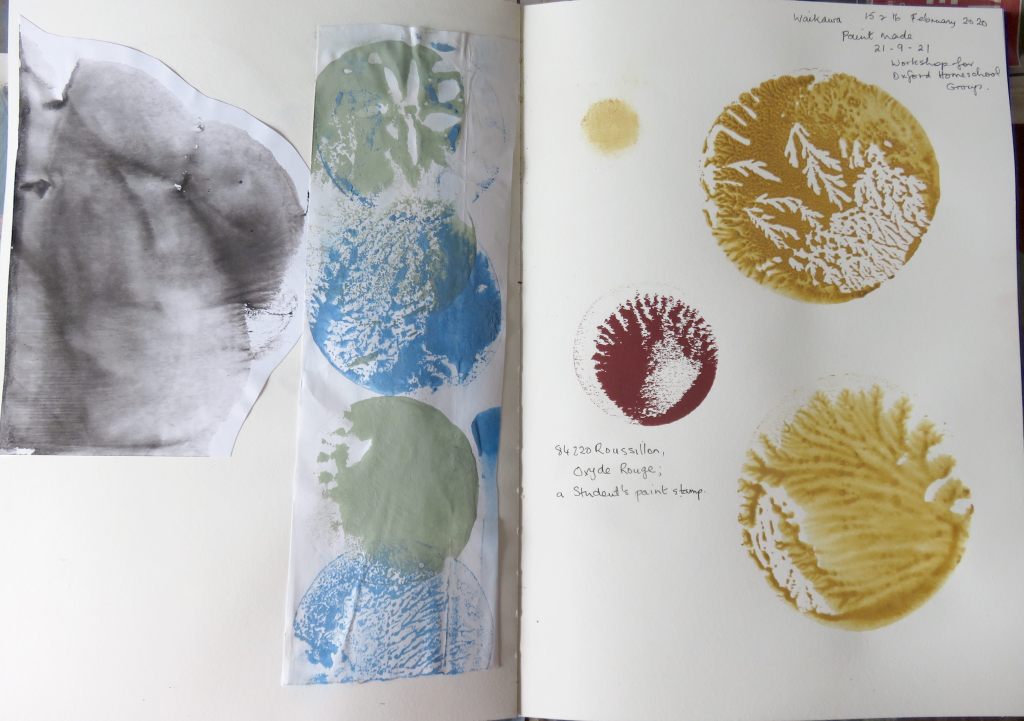

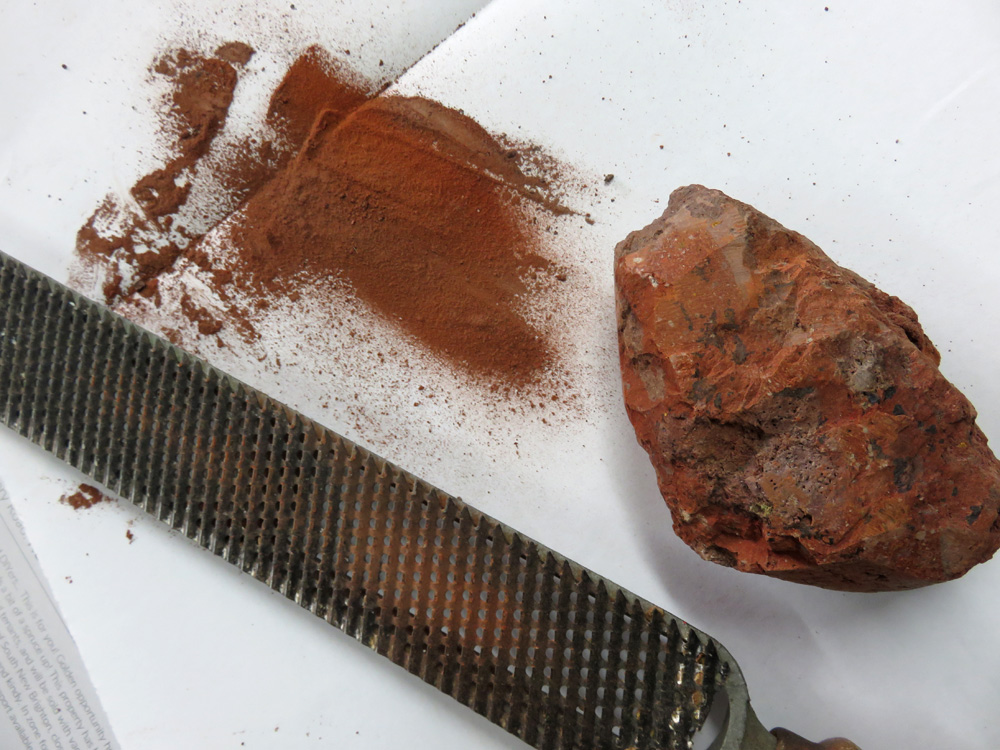
Not sure why I had not tried this method of making pigment before. The volcanic rock is mainly red but has a lot of other minerals in it, and as you can see the ground pigment varies in red-brown colours. The ground pigment fell through the file onto the paper. I made paint with the pigment you see here.
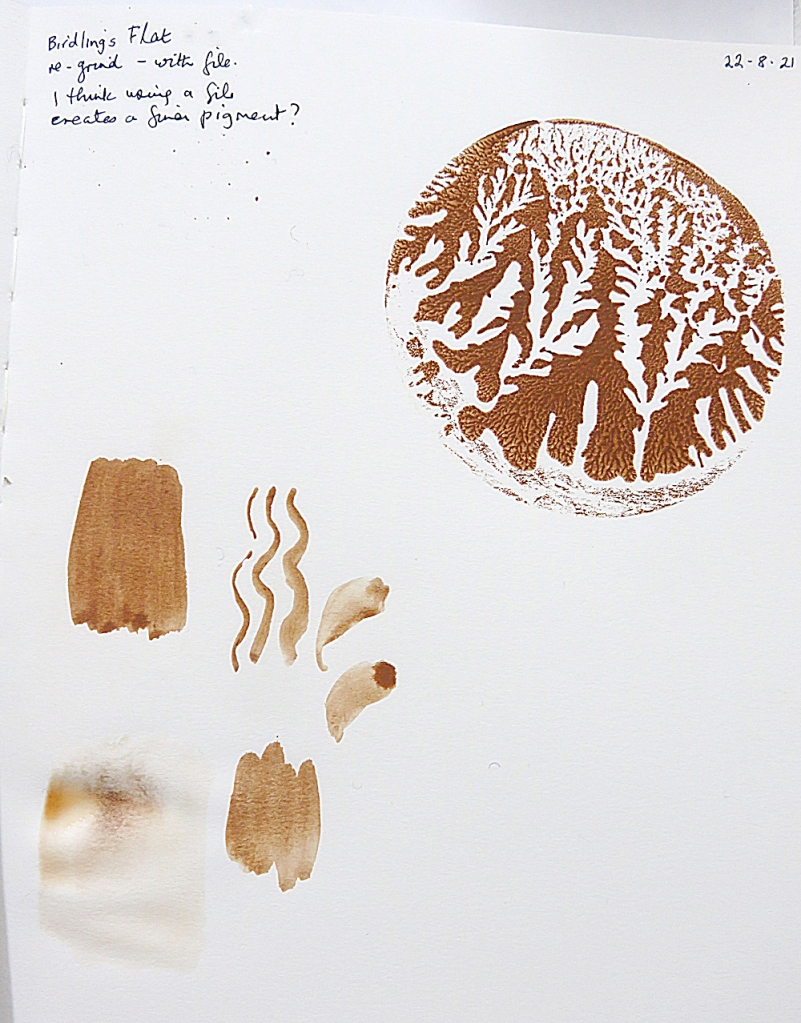
The lower left swatch of paint wet in wet shows how the different pigments can separate out. This is on 100gsm paper in my test book, so the cockling of the wet paper has enhanced the separation of the different pigments.
I had been reading up on middle stone age pigment manufacture which included tests of possible way of extracting the powder. The article discussed direct grinding on the grindstone and I wondered why I had not tried this before (even though I knew about this method). I don’t have a grindstone, so the file was substituted. This method will work well on this type of rock which is relatively soft compared with some of the water-shaped rocks of rivers I see. So on rocks similar to the one here, I will definitely use this in preference to my hammer!
‘Direct grinding is the most efficient method to extract fine powder from softer shales and siltstones.’
Rifkin, Riaan F. “Processing Ochre in the Middle Stone Age: Testing the Inference of Prehistoric Behaviours from Actualistically Derived Experimental Data.” Journal of Anthropological Archaeology 31.2 (2012): 174–195. Web.

I usually put left over paint from my tests into wine bottle tops and attach a piece of paper to record the location, the date made and/or date collected and the colour. Here’s a selection that I pulled out the other day.
